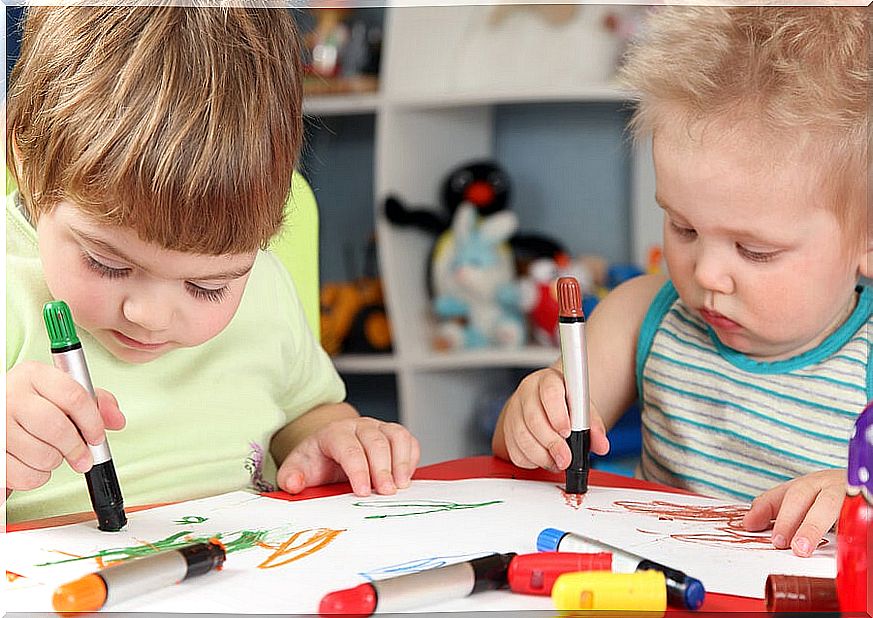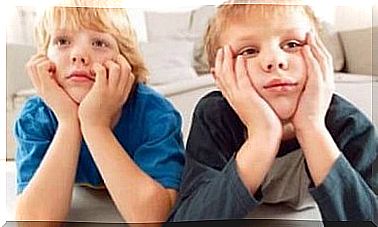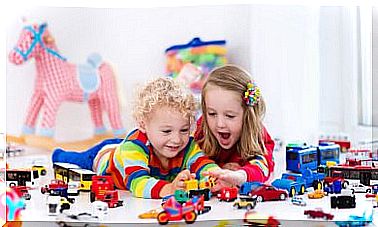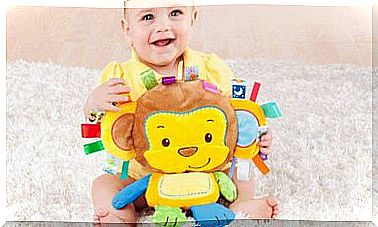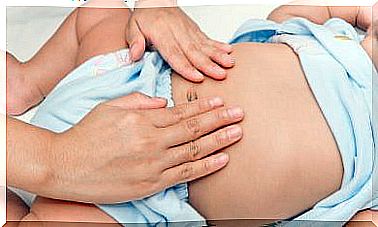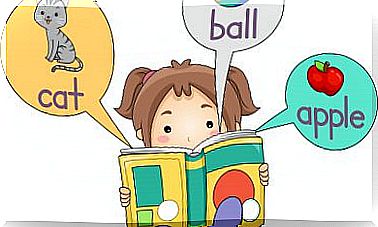My Baby Is Not Separated From His Stuffed Animal
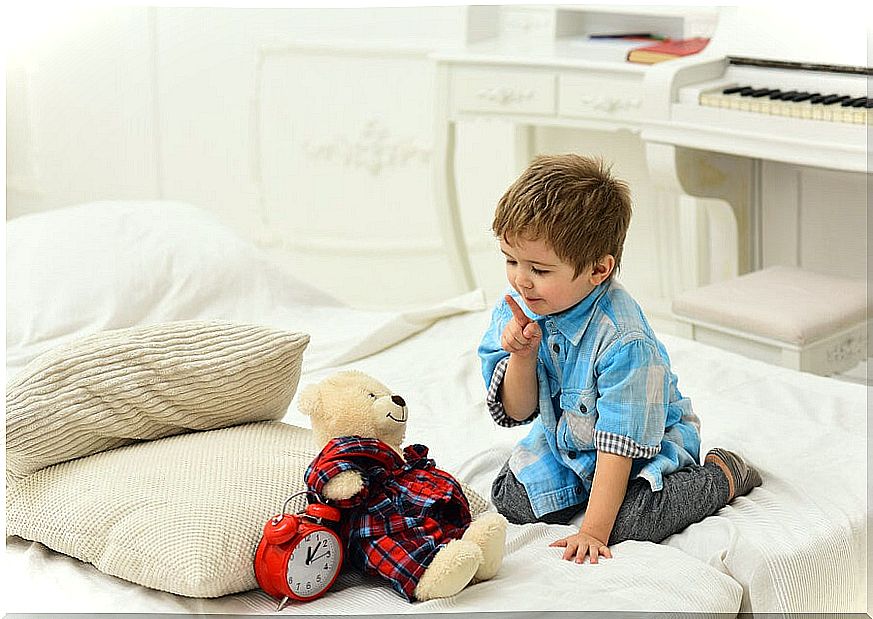
It is quite common to observe children between six months and five years of age who are fond of certain objects. These can range from a blanket or a small pillow to a toy; For this reason, many mothers often ask themselves “What to do if my baby is not separated from his stuffed animal?”
This situation responds, apparently, to the need that children have to feel protected and to be in contact with an object that gives them the feeling of love, company and comfort that they feel with their mother.
If you are experiencing this situation with your child, this article may help. We will touch all the edges on this interesting behavior.
What are affectionate toys?
Affective toys are playful instruments for children that are characterized by being soft to the touch and possessing harmonious features and colors. In addition, their shapes can range from the image of a baby to the representation of cute animals with large eyes, such as bears.
These types of affective toys are usually very comforting for the little ones, since they will help them not to feel fear and sleep better at night and will give them a pleasant feeling of comfort and security.
However, this not all; It is estimated that so-called affective toys such as rag dolls or teddy bears awaken in children feelings of love and protection, which cause them to develop a deep-rooted sense of belonging with them.
My baby is not separated from his stuffed animal
Although it is possible for a child in their first years of life to become fond of an object such as a pillow or a blanket, the cases in which the child usually manifests a more radical desire to be in constant possession of an object occur with toys of affectivity.
This occurs because, in principle, parents usually place these bears or rag dolls in the child’s crib or bed. There, the little one not only makes eye contact very frequently, but can also be in constant contact with him, which makes him feel comforted at bedtime.
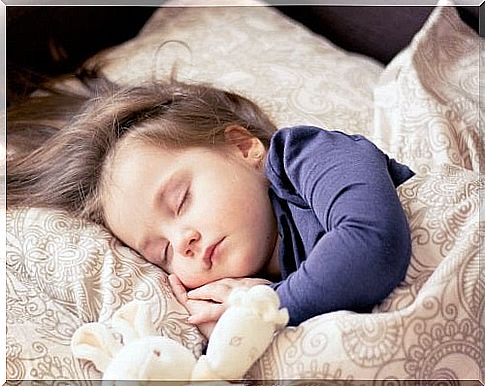
Apart from constant visual familiarity with the object, another very important reason for a child not to be separated from his stuffed animal is the issue of touch; in fact, this can even be placed above the physical aspect.
Many times, a little one can show deep-seated affection for their old stuffed animal. Even this one may have lost an eye or be uncooked, but if it is soft to the touch for the child, it will definitely want to be in contact with it.
Advantages and disadvantages of little ones having a stuffed animal
Although some parents may find it somewhat excessive for their little one to spend many hours with their stuffed animal, the truth is that this affectionate toy can offer many advantages to the little one, beyond those that are generally known, such as comfort, security or a pleasant sensation to the touch. Some others are:
Express and channel emotions
Children also use their stuffed animals as a channel to express their emotions. They can range from your desire to love, hug, or protect your beloved teddy bear to as an avenue for dealing with situations that have caused you discomfort or pain.
From there it follows that, on many occasions, when parents reprimand the child for his behavior, he then plays with his bear, takes the position of father and repeats the same words to the teddy bear that he heard from his parents.
With this action, infants learn to assimilate experiences that are negative for them by recreating them from another point of view. This activity allows them to understand their own behavior as well.
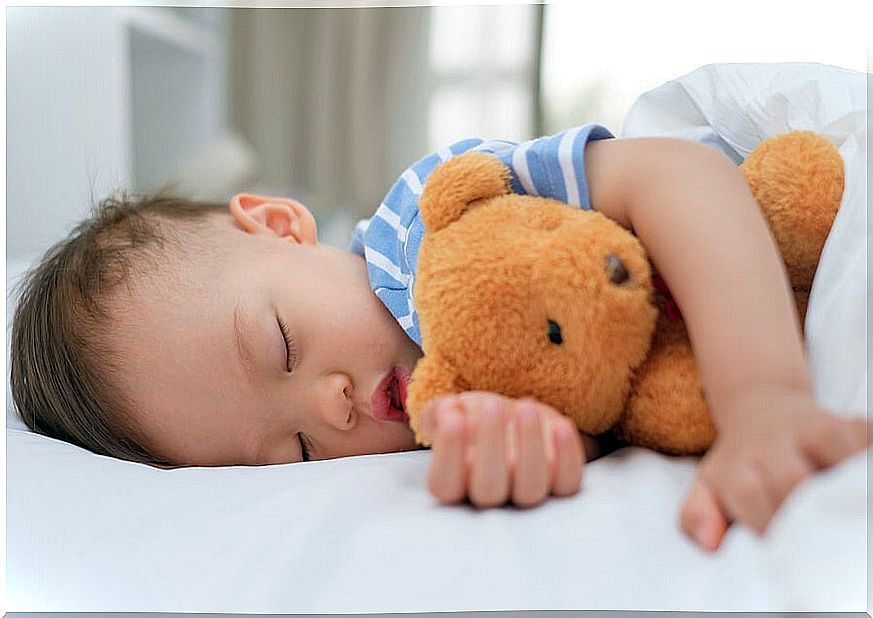
Bond versus dependency
There are very good reasons to believe that a child’s bond with his stuffed animal can be comforting and educational for his emotional development.
However, it should be noted that, if a child of five years or more creates a total dependence on his stuffed animal, to the point of not wanting to do any activity without it, it is advisable to be evaluated by a specialist in psychology.
These affective toys should serve as transition points in the management of emotions and feelings, but in turn, the child must be able to handle attachments in a healthy way.
As a final recommendation, remember that the hygiene of all your children’s objects is very important, especially those that are made from fabrics. Therefore, remember to sanitize them regularly to avoid allergies.
